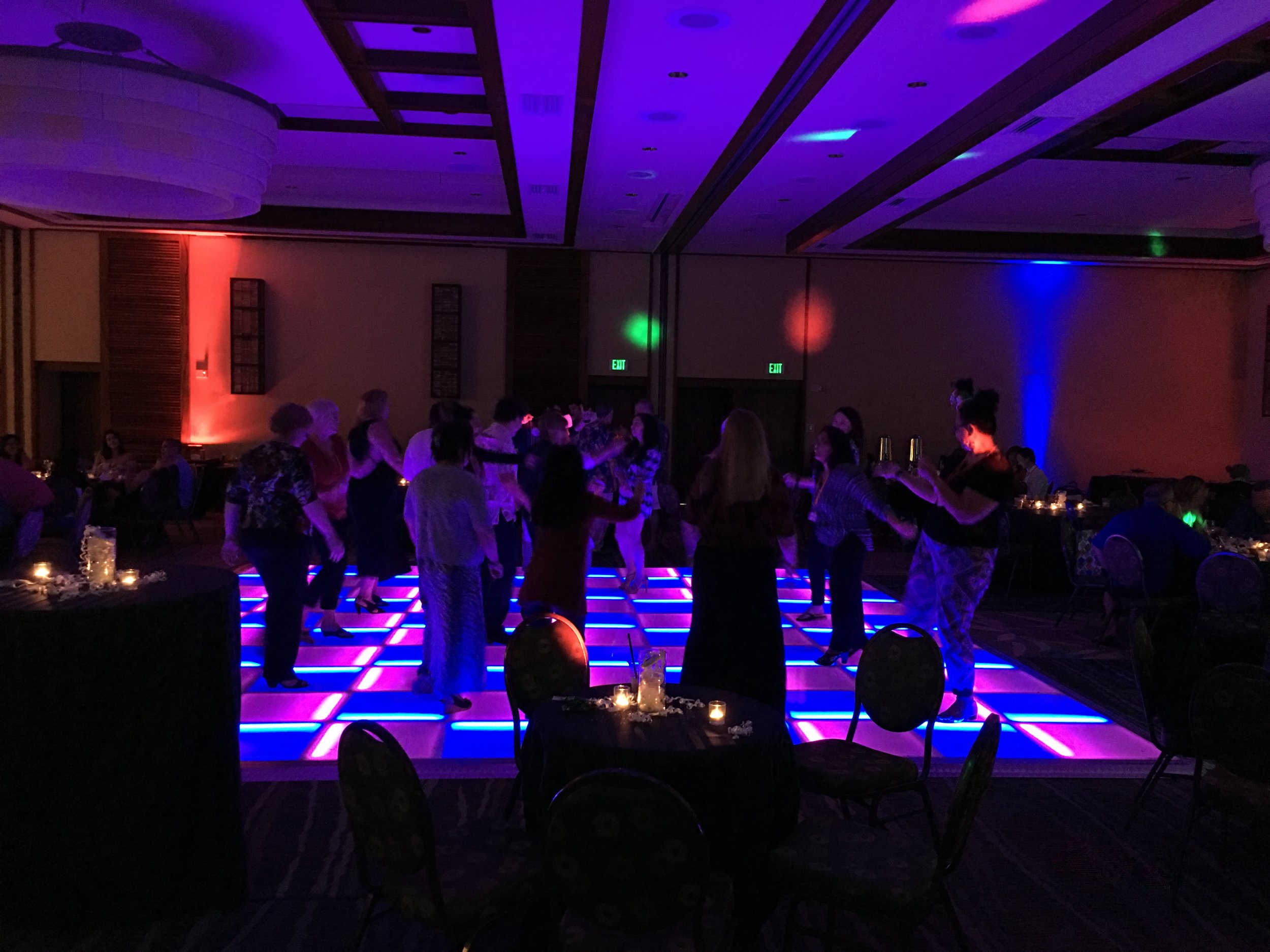Selecting the appropriate components for building a durable and safe outdoor dance floor is essential for guaranteeing an pleasurable session. Exterior movement platforms must endure diverse climate elements while offering a firm surface for performers and participants. Therefore, it is essential to consider factors such as material resilience, safety attributes, and maintenance demands when making choices. This guide will examine several appropriate options and their benefits in designing an open-air dance floor.
One common option for outdoor dance floors is wood. Wood provides a classic and warm appearance that many consider attractive. Solid woods like maple or oak are particularly preferred due to their durability and ability to cushion impact, which can protect dancers’ joints. Additionally, wood has inherent anti-slip qualities when treated properly, reducing the risk of accidents. However, preserving a timber dance floor demands routine sealing and refinishing to protect it from humidity and UV damage, rendering it critical to account for the climate in which the floor will be installed.

Another practical option is composite materials, which blend natural fibers with polymers. These materials are engineered to be resistant to humidity, mold, and fading from sunlight. Synthetic dance floors provide durability similar to conventional wood without the intensive maintenance. They are more resistant to warping and cracking than wooden floors when exposed to extreme outdoor conditions. Furthermore, composite surfaces often have integrated slip resistance features, making them a this article safer selection for open-air occasions.
For those looking for a more contemporary approach, interlocking tiles made of PVC or rubber are excellent alternatives. These tiles are designed for easy setup and can be reconfigured or swapped as required. The versatility of using interlocking tiles permits rapid assembly and breakdown, making them suitable for short-term dance events or gatherings. Moreover, these flooring types provide shock absorption that improves support while dancing and reduces the risk of injuries caused by falls. The non-porous nature of PVC and rubber also helps prevent water absorption, further prolonging the life of the flooring.
Finally, it is vital to consider the location and intended use of the outdoor dance floor when choosing materials. For instance, if the dance floor will be installed in a high-traffic area or exposed to inclement weather frequently, choosing robust materials that require minimal maintenance will be essential. On the other hand, for less intense use or in more sheltered locations, lighter materials may suffice. In any case, prioritizing safety features such as traction and shock absorption should remain at the forefront of planning.
In conclusion, building a durable and safe outdoor dance floor more information requires thoughtful consideration of various solutions appropriate for different settings and purposes. Wood offers timeless aesthetics but requires diligent maintenance; composite materials balance aesthetics with resilience; modular flooring offer adaptability and convenience. At the end of the day, identifying the unique requirements of the dance floor's planned use will guide material selection toward choosing the most suitable solution for an satisfying and secure dancing experience in outdoor spaces.